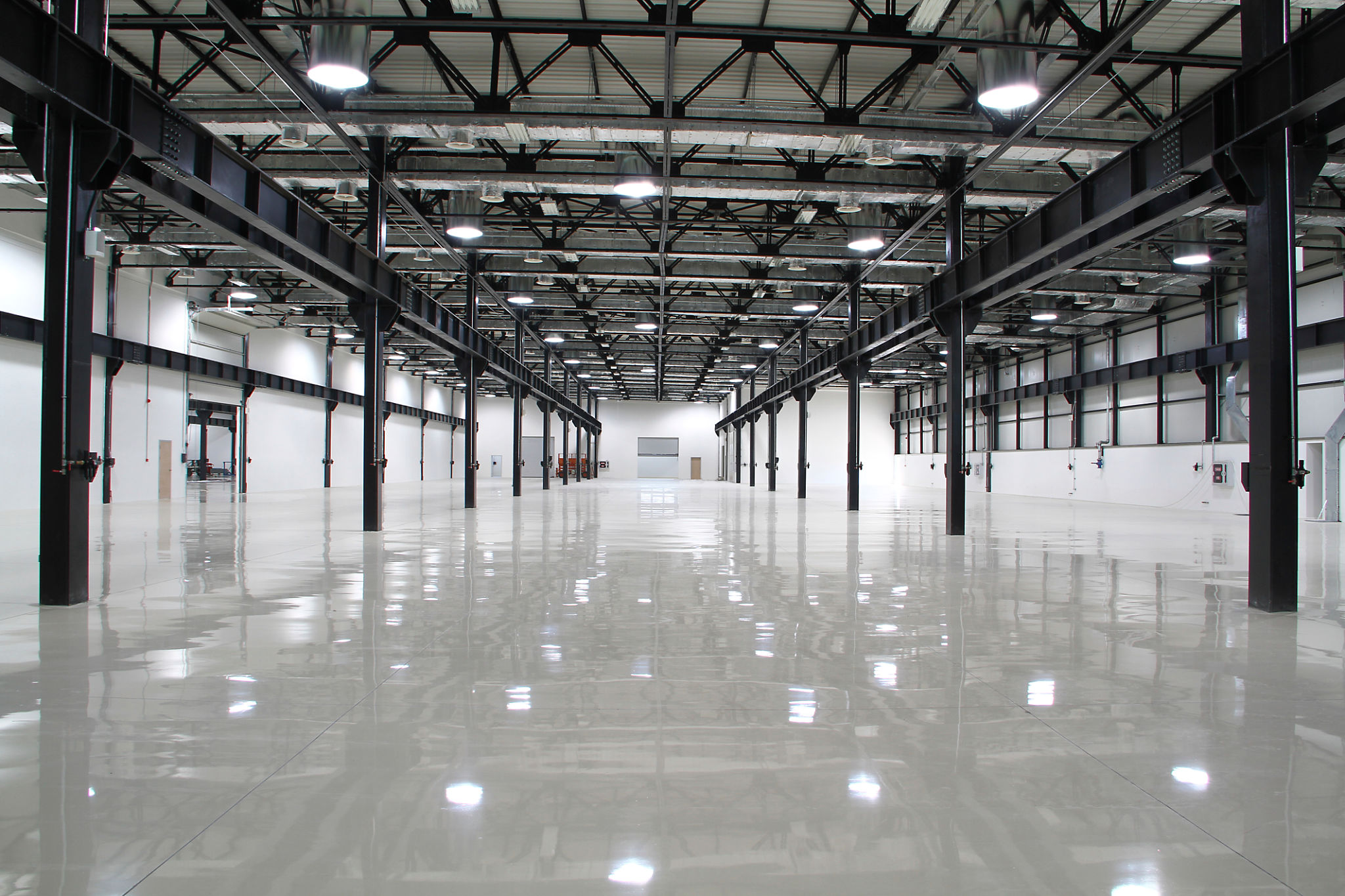Comprehensive Guide to Concrete Floor Restoration for Industrial Buildings
Over 25 years of Industrial Concrete Floor Restoration
Concrete floors in industrial buildings are subjected to heavy wear and tear due to constant foot traffic, machinery movement, and exposure to chemicals. Over time, this can lead to cracks, stains, and surface degradation. Restoring these floors not only enhances the aesthetic appeal but also prolongs the lifespan of the surface, ensuring safety and functionality.

Signs That Your Concrete Floor Needs Restoration
It's crucial to identify when your concrete floor requires restoration. Common signs include visible cracks, uneven surfaces, discoloration, and pooling water. Ignoring these issues can lead to more significant problems, such as structural damage or safety hazards.
Another indicator is the presence of dust or debris, which often suggests surface degradation. Regular inspections can help in early identification, allowing for timely interventions.
Steps Involved in Concrete Floor Restoration
The process of restoring a concrete floor involves several critical steps. Understanding each phase can help you prepare and plan effectively:
- Assessment: A thorough inspection is conducted to evaluate the extent of damage and identify specific areas that need attention.
- Cleaning: The surface is cleaned to remove dirt, stains, and debris, which is essential for effective restoration.
- Repair: Cracks and holes are filled using appropriate repair materials to ensure a smooth and even surface.
- Grinding and Polishing: This step involves smoothing the surface and enhancing its shine and durability.
- Sealing: Applying a sealant protects the floor from future damage and extends its lifespan.

Benefits of Professional Restoration Services
While some minor repairs can be DIY projects, professional services are recommended for comprehensive restoration. Professionals have the expertise and equipment necessary to deliver high-quality results. They can also advise on the best materials and techniques suited for your specific needs.
Hiring professionals ensures that the job is done efficiently and safely, minimizing downtime and reducing potential risks associated with improper restoration methods.
Maintaining Restored Concrete Floors
Once your concrete floor is restored, maintaining it properly is essential to preserve its condition. Regular cleaning using non-abrasive products helps prevent dirt buildup. It's also advisable to schedule periodic inspections to catch any issues early.

Additionally, using protective mats or coatings in high-traffic areas can prevent premature wear. Remember that proactive maintenance is key to maximizing the benefits of your restoration efforts.
Cost Considerations
The cost of concrete floor restoration can vary based on factors such as the extent of damage, the size of the area, and the materials used. While it might seem like a significant investment upfront, the long-term benefits often outweigh the costs by preventing more extensive repairs or replacements in the future.
Obtaining multiple quotes from reputable service providers can help you make an informed decision that aligns with your budget.

Conclusion
Concrete floor restoration is a vital process for maintaining industrial buildings' structural integrity and appearance. By understanding the signs of wear, following proper restoration steps, and investing in professional services, you can ensure your floors remain in excellent condition for years to come. Remember, consistent maintenance is critical to protecting your investment and keeping your industrial space safe and efficient.
